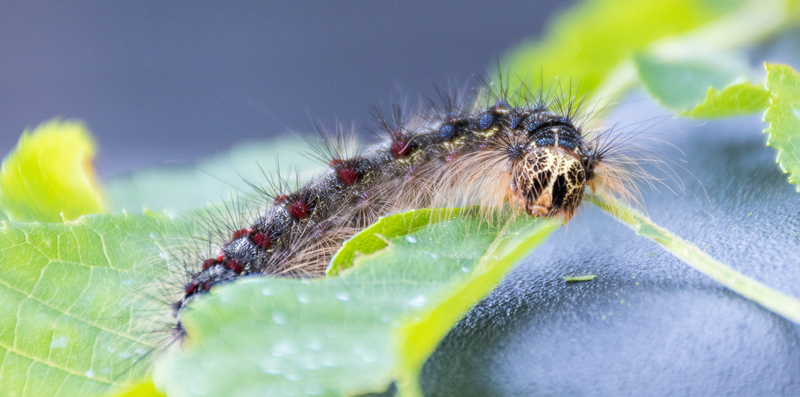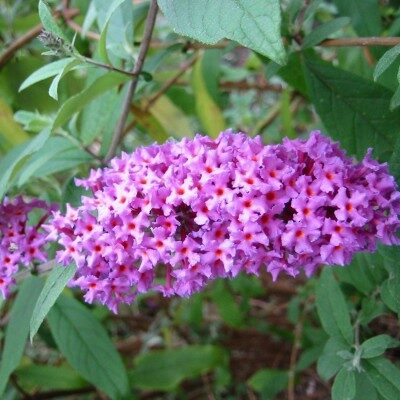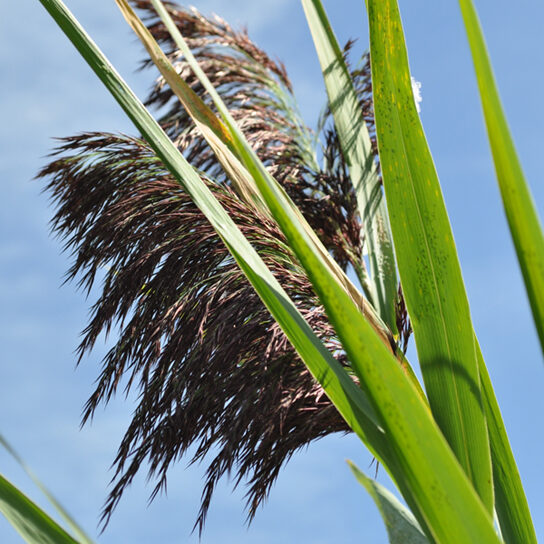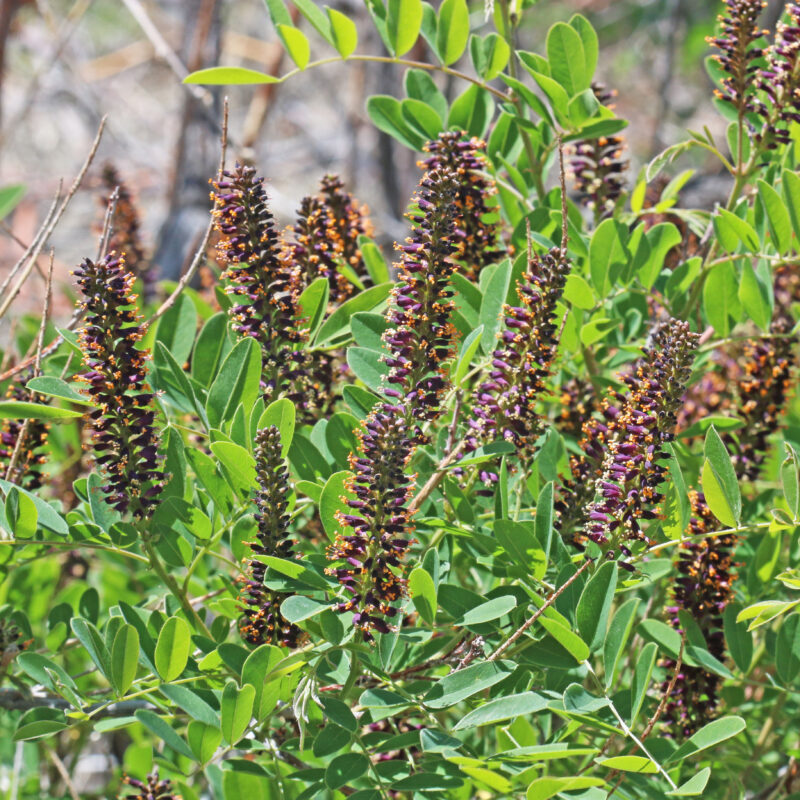The Spongy moth (previously known as the Gypsy moth) is a defoliating insect native to Europe and Asia. It was first introduced to the United States in the early 1800’s by etymologist Etienne Leopold Trouvelot, who was cross breeding them with silk moths to reduce silk moths’ susceptibility to disease. The Spongy moths escaped, and slowly began spreading westward.
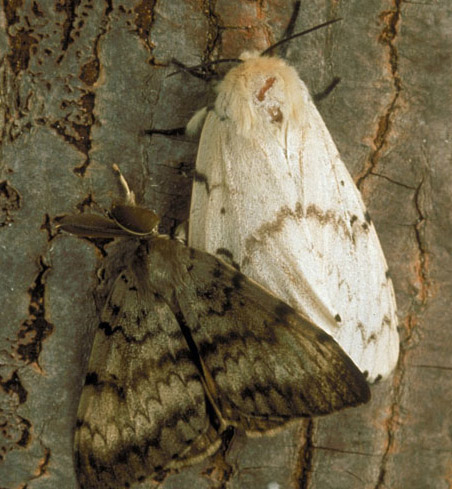
The insect favors oak trees but will feed on the foliage of three hundred different tree and shrub species. This appetite along with its lack of natural predators has made it an invasive species in the United States. Although the moth is primarily found in the eastern United States, movement of contaminated items such as wood quicken the moth’s ability to migrate west. Oregon has detected 7 sites with Spongy moth in the past two years.
Like many insects, the Spongy moth has 4 different life stages; egg, larva, pupa, adult moth. It gets its name from its egg masses which are a pale tan color and look porous and fuzzy, like a sponge. Eggs are laid in the fall and winter and can be found on any surface, from bark furrows to human homes. The larvae (caterpillars) emerge in spring, and have a distinctive appearance with five pairs of blue spots and six pairs of orange spots along their backs. The caterpillar is responsible for the defoliation of forest canopies, as each one can consume up to a square meter of foliage before entering the pupal stage. The pupa is purplish and leathery. The adult male and female moths appear quite different, similar to many bird species. Females are about 2 inches in length, white, and unable to fly. Males are smaller, brownish grey, with darker brown zigzag marks on their wings. A full life cycle is completed each year.
What you can do
Prevent new introductions: If you use firewood, buy and use firewood locally (within 10 miles of harvest location) and transport only firewood that has been heat-treated and certified as pest-free.
Manage small scale outbreaks: Remove any insects you find on trees. Scrape egg masses off the tree into soapy water and leave the eggs and tools to soak. Collect caterpillars and moths by tying a burlap barrier band trap or sticky barrier band around the trunk of an infested tree trunks. Wear gloves and long sleeves when handling Spongy moth caterpillars. Hairs on the insect can cause a skin irritation.
Learn more: Oregon Department of Agriculture, Spongy moth fact sheet.
Top photo by Karla Salp, Washington State Department of Agriculture, Bugwood.org
